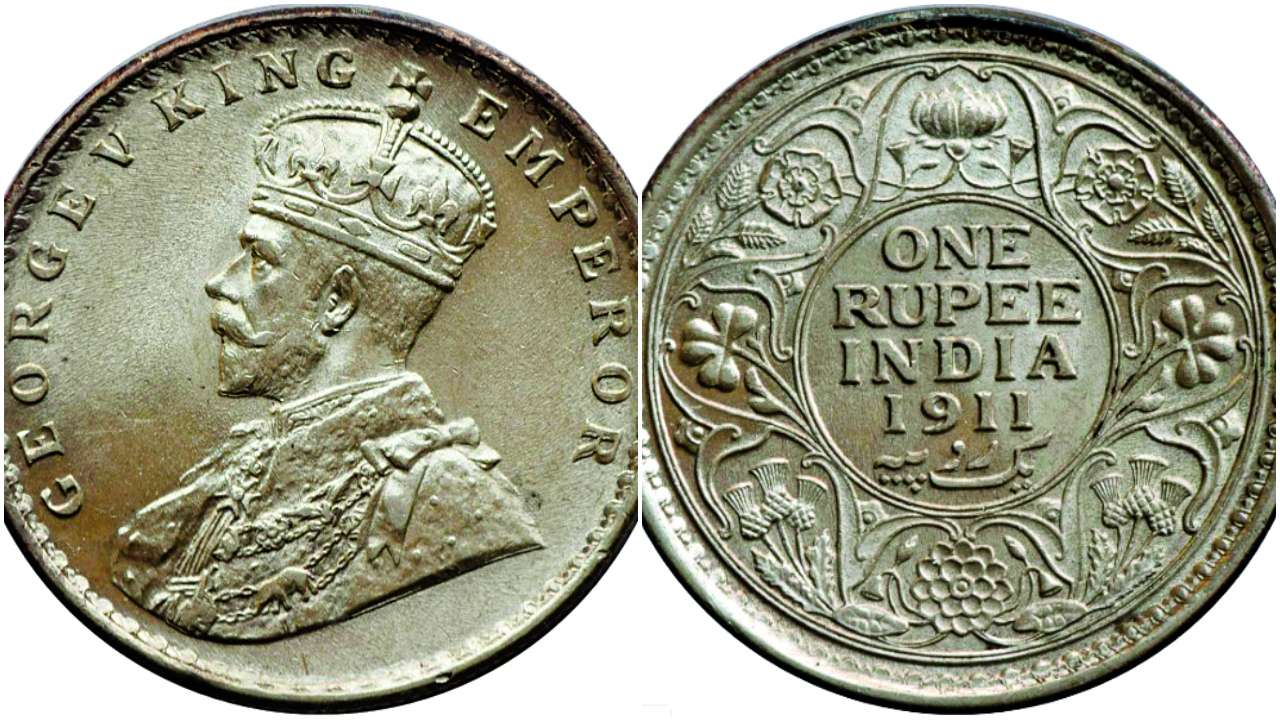
The design and issue of currency sometimes lead to controversy. Such controversies have often led to withdrawal or redesign of currency, with governments scrambling to offer explanations, contain the damage or to save face.
This is due to the status of currency as a symbol of the state’s credibility, vitality and influence. Kings struck coins in their name as a symbol of their authority – and as a guarantee of the coin as legal tender. Currency also provided a medium for the sovereign to speak to his subjects and the rest of the world. Therefore, symbols and language used in currency, real or perceived currency defects, or sudden changes in the currency system itself can have major consequences. The demonetisation saga has not yet ended, and there were questions raised regarding the quality and colour of the notes issued after demonetisation. In 2004 we witnessed the controversy of the alleged Christian cross in newly issued coins. The stated theme of those coins was “Unity in Diversity” but following the controversy these coins were withdrawn.
The British Raj also had its share of currency related troubles. In the bleak tale of the Raj’s currency system there is the “Pig Rupee” episode in which the British scrambled to stave off potential disaster due to a problem with coin design. The Raj’s policies on currency standard, reserves, coin compositions, etc. were designed to benefit Britain and not India. From 1870s-1910 colonial policies on coinage, and the global collapse of silver value, put great burden on Indians. British currency policies were highly criticised, to no avail, by the few Indians who fully understood how India was adversely affected. The masses also intuitively realised that the British monetary system had somehow gutted commerce and led to their increasing misery. In this juncture, King Edward VII died in May 1910 and was succeeded by King George V. Every coronation required a Grand Durbar in India, and the issue of new coins bearing the sovereign’s face. The king was crowned a second time in the 1911 Delhi Durbar, seated on a throne cast from melting thousands of silver coins. This time the British authorities wanted to issue impressive coins – the coins of Edward VII were rather unremarkable. Sir Bertrand Mackennal, the famed sculptor and engraver was commissioned to design the new coins. Soon, 700,000 new coins – out of 9.4 million newly punched coins of rupee and fractional denominations – were circulated. The crowned and regally decorated bust of the King appeared on the obverse side, while the reverse side had a floral design. Unlike the simple floral pattern of its predecessors, the new reverse side design screamed British Empire. This design featured the three emblems of the United Kingdom: the Rose of England, the Thistle of Scotland, and the Shamrock of Ireland. The Lotus of India appeared on the top. The people soon noted something interesting on the obverse side. This side featuring the King’s bust depicted the “Order of the Indian Empire”, which was worn by the British sovereign. The golden collar chain of the Order was decorated with golden elephants, roses and peacocks. Due to poor engraving the coins’ “elephant” looked like a pig. The elephant’s body and legs were quite disproportionate. No tusks were discernable, and the short trunk resembled a pig’s snout.
These coins soon earned the name “Pig Rupees” and became the object of much scorn and rage. The Muslim community in India was outraged as the pig is an unclean animal in the Islamic faith – a pig appearing in everyday legal tender seemed to be a direct insult to Muslims. As the anger swelled some British mandarins noted the eerie similarity to the origins of the 1857 Rebellion, the dark memories of which were fresh in everyone’s minds. The mutiny that sparked off the Rebellion had begun with the rumor that pig fat (and cow fat) was used to produce the newly issued rifles’ cartridge grease. That perception attained monstrous proportions and British rule in India nearly ended. The British were also ostensibly aware of the resentment towards their monetary policies; a sensitive religious issue on top of this could perhaps upset the apple cart. The British quickly withdrew the new coins from circulation. They melted the withdrawn coins and the huge stock of unissued coins. Subsequent coins issued from 1912 onwards featured a redesigned obverse side. This time it was clearly an elephant, with proportionate trunk, tusks and legs.
Very few pieces of the “Pig Rupees” remain and they are now much sought-after collector’s items. It might be tempting to scoff off the episode, but as noted before currency is also a means of mass communication. Explicit and implicit information conveyed by currency has the power to break regimes, and the British acted swiftly before this unfortunate miscommunication threatened the Raj.
The author, an IIM Ahmedabad graduate working in the energy sector, has a keen interest in history, politics, and strategic affairs. Views are personal.